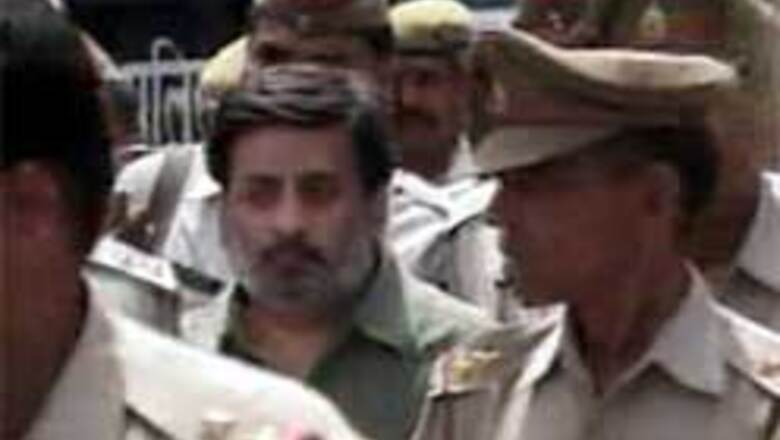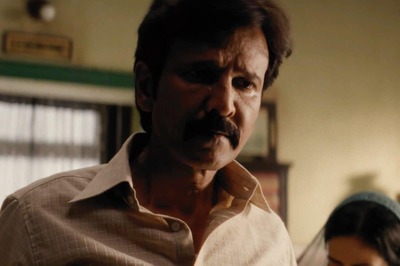
views
New Delhi: The Arushi Talwar case has raised several troubling questions for the media and the police, questions that strike at the heart of the process of investigation and news reporting.
When the CBI finally conceded it could not find any evidence against Talwar, many thought it was all over.
But a day later - on Saturday - when Rajesh Talwar walked out of Dasna jail, there was more of the same.
Fifty days on, and there's no sign of fatigue, no end in sight to the media frenzy.
“Please let me spend some time with my family, in the past 50 days I have not been able to share my grief with anyone,” Talwar said.
The murder was a classic whodunit for the media. But it was the UP police that provided fodder for speculation.
A press conference addressed by IG Meerut Zone, Gurdarshan Singh, days after the murder added fuel to fire. “Arushi and Hemraj were aware of the extra-marital relationship of Doctor Talwar. And slowly they both developed intimate relationships,” he said.
Friends of the Talwar Family, ordinary citizens as well as the Women & Child Development Minister expressed outrage.
Renuka Chowdhary demanded Singh be suspended and charged for character assassination of the victim.
Faced with a bungling police force, the media, in a way, decided to play cop. The two families - Talwars and Durranis - continued to be taunted and harassed the moment they stepped out of their house, by an army of reporters
After the CBI took over the case on June 1, it added two other suspects. But it was still Rajesh Talwar who was hounded by the media. When his bail application was rejected, most of the media and their viewers felt vindicated.
Warnings from CBI Director Vijay Shankar – “We will keep reminding the media what its limits are,” he said – did not help.
New versions kept doing the rounds. Media critics say techniques such as reconstructions run the risk of distorting facts.
“Any case that is still under investigation, I am not sure if you have the ethical right to do reconstructions and make a crime show out of it,” says media critic, Shohini Ghosh.
India records over 30,000 cases of homicide every year and going by that figure, there must have been at least 4,000 cases in the past 50 days. There have been floods, terror attacks and political developments of national significance. But none of these has been able to distract media's attention from the Noida double murders.
In fact according to a study conducted by the CMS, special programmes on the case hogged almost 40 hours out of a total 92 hours of prime time between May 16 and June 7.
Just how much is too much? Going by the media's continued obsession with the case, it seems even too much is too little.




















Comments
0 comment